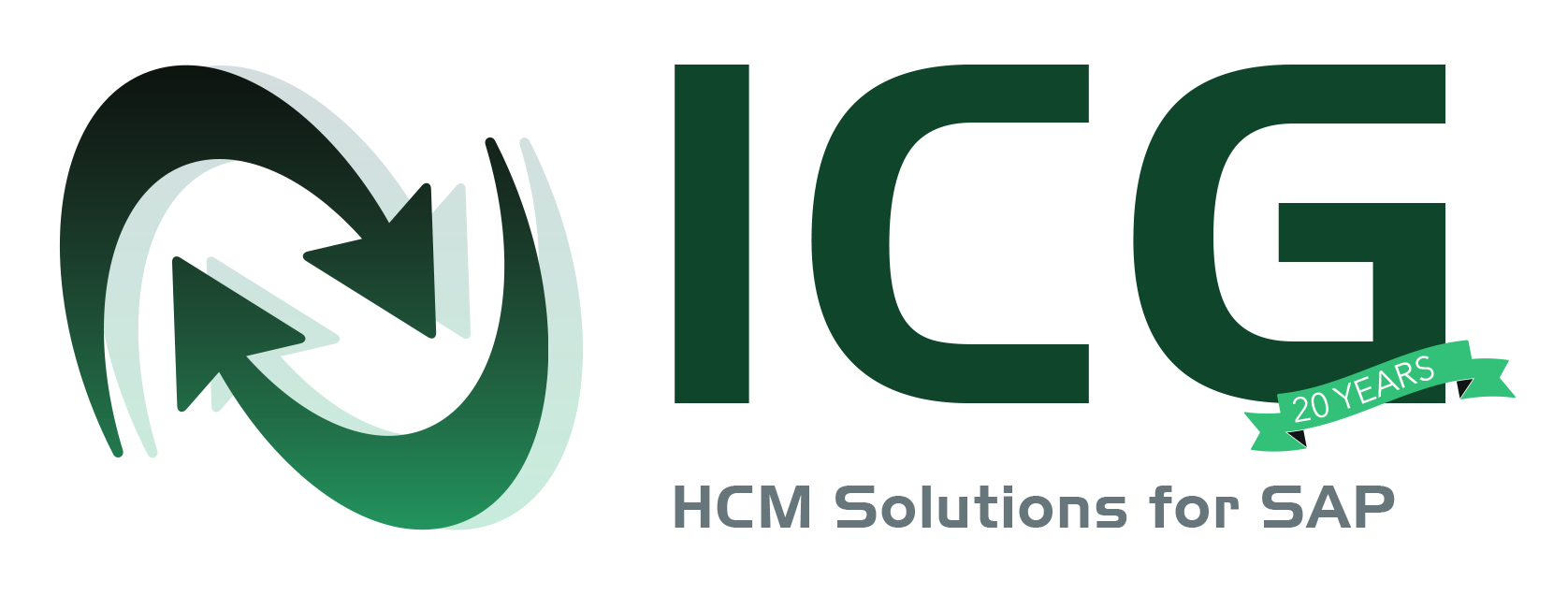This post is part II of IV in a series about ICG’s implementation solutions. Over the coming weeks, we’ll cover each aspect of our implementation solutions, from project management to go-live and support. Be sure to check back later for more posts in the series. You can find part I of the series here.
On Monday, we covered part I of our series about ICG’s implementation solutions, and discussed the approach we take during the project management stage of implementation.
The next step of implementation is business blueprinting, which we’ll discuss today.
Business blueprinting can be broken down into three main elements:
- HCM business process and SAP HCM functionality alignment
- Process redesign to incorporate SAP HCM best practice
- Design of client specific solutions
Business blueprinting is a vital piece of the roadmap for subsequent stages of implementation.
This comprehensive approach is necessary to design a solution that accurately reflects the business’ need. Current HCM business processes and functionalities are identified and detailed out in step-by-step instructions and flowcharts, all with success factors incorporated.
These documents provide the current state, and will be compared with SAP best practices and functionality to determine where they are similar, where potential gaps exist, and where change management will be more heavily involved.
Change management will be an integral component where processes need to be redesigned to allow the staff to be efficient once they move from the current system to SAP, or from current SAP to enhanced SAP. SAP HCM best practices will also be incorporated to provide a more efficient and effective implementation, and ongoing support as part of the solution landscape.
This time is also used to get staff trained and fully educated about the SAP functionality and processes, so that they can make informed decisions to reduce the risk of needing something different during the next phase: realization.
When SAP HCM will not meet current business requirements with standard functionality or process redesign, we look at how to mitigate the gap by configuring and testing enhancements. SAP provides several avenues for enhancements, and we use those enhancements sparingly to reduce implementation and ongoing support costs. Our professionals have seen many situations, and can offer recommendations on how they have seen other companies meet their business requirements.
By the end of business blueprinting, you will be able to compare current processes to future SAP processes, and see exactly where the organization needs to head strategically, with the optimum technical configuration. The business blueprint is reviewed and signed off by the business staff, and the design is set from the start.
Like project management, business blueprinting is an essential step in making sure that the project is properly planned out, and that the business we’re partnered with is properly aligned for success. Knowing how current processes compare to future SAP processes allows you to make better predictions about how things will run after implementation, and helps make the process run as smoothly as possible.
Want to learn more about ICG? Get in touch with us on Twitter or LinkedIn.
—
photo credit: Telstar Logistics via photopin cc


Leave a Reply